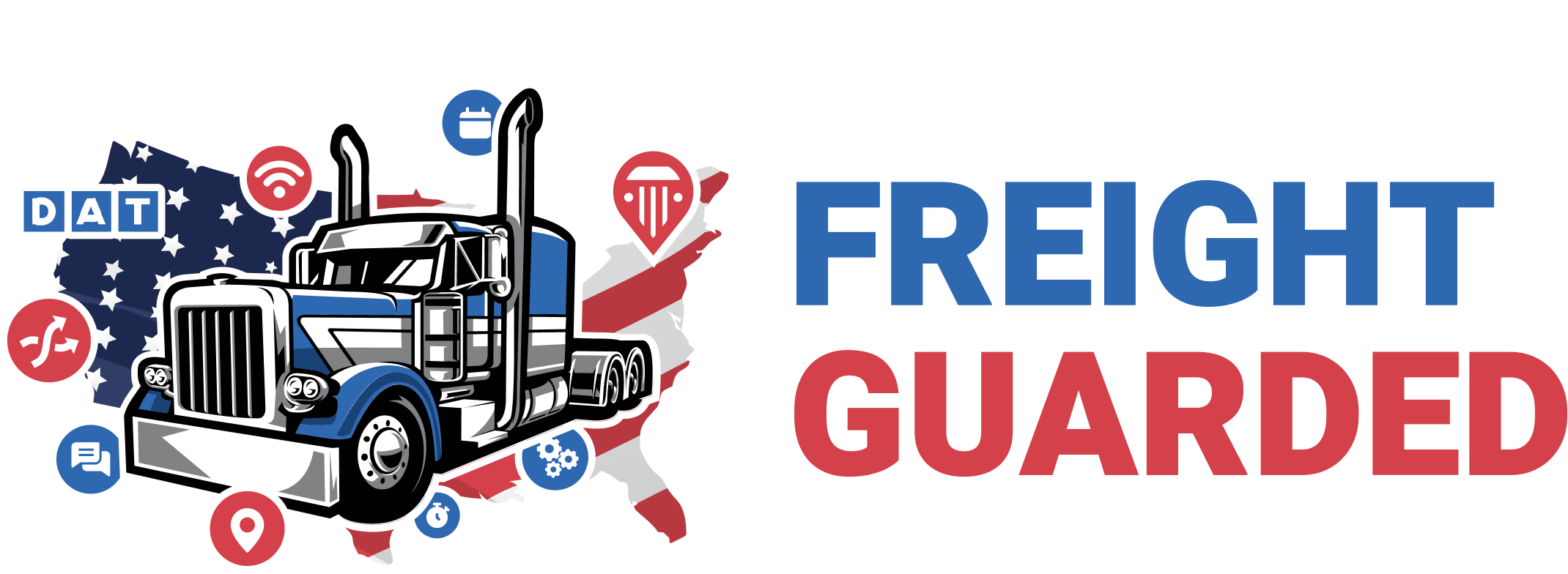Each year, the trucking industry in the United States braces for the Commercial Vehicle Safety Alliance's (CVSA) International Roadcheck, commonly known as DOT Week. This intensive 72-hour event involves a surge in inspections of commercial motor vehicles and drivers across North America, conducted by the Department of Transportation (DOT). The primary aim is to enforce safety standards and reduce the occurrence of vehicle-related accidents. For trucking companies, this period can be particularly challenging, affecting schedules and operational efficiency. Understanding the implications of DOT Week and preparing adequately can significantly mitigate potential disruptions.
The Focus of DOT Week
During DOT Week, inspectors conduct predominantly Level I inspections, the most thorough type, which includes an examination of both the vehicle and the driver's credentials. The focus areas can vary each year, targeting specific safety or compliance issues like tire condition, brakes, load securement, and Hours of Service (HOS) compliance.
Impact on Trucking Operations
The increased inspection rates during DOT Week can lead to significant delays. Trucks might be sidelined for longer than usual if violations are found, affecting delivery schedules and potentially leading to financial penalties. The heightened scrutiny can also contribute to a temporary tightening of freight capacity, as some carriers may reduce their operations to avoid the risk of inspections.
Strategies for Preparation
- Proactive Vehicle Maintenance: Ensure all trucks are in top condition before DOT Week. Conduct thorough pre-trip inspections focusing on common inspection points such as brakes, lights, tires, and cargo securement devices.
- Driver Training and Awareness: Educate drivers on the importance of DOT Week and what to expect during inspections. Refresh their knowledge on HOS regulations, proper logging practices, and how to present required documents, including commercial driver's license (CDL), medical certificates, and record of duty status.
- Schedule Adjustments: Consider adjusting schedules or routes to accommodate potential delays. Inform customers about possible disruptions to manage expectations.
- Emphasize Compliance: Reinforce the importance of compliance with all safety and regulatory requirements, not just during DOT Week but as an ongoing priority. This includes ensuring that all required permits and documents are up-to-date and readily available.
- Leverage Technology: Utilize fleet management and telematics systems to monitor vehicle health and driver behavior. These tools can help identify potential issues before they lead to violations during an inspection.
- Post-Inspection Follow-ups: In cases where violations are identified, address them promptly. Use these instances as learning opportunities to improve future compliance and safety practices.
- Looking Beyond DOT Week
While DOT Week intensifies focus on compliance and safety, the best strategy for trucking companies is to maintain high standards year-round. A culture of safety and compliance not only minimizes disruptions during DOT Week but also contributes to more efficient operations, lower costs associated with fines and repairs, and a positive reputation within the industry. In conclusion, DOT Week serves as a reminder of the critical role that safety and regulatory compliance play in the trucking industry. By adopting a proactive approach and embedding best practices into daily operations, trucking companies can navigate this period smoothly, ensuring that their fleets continue to operate safely and efficiently, during DOT Week and beyond.

.thumb.jpg.79710ba0be5a9f3be83fb45bcaf36e79.jpg)